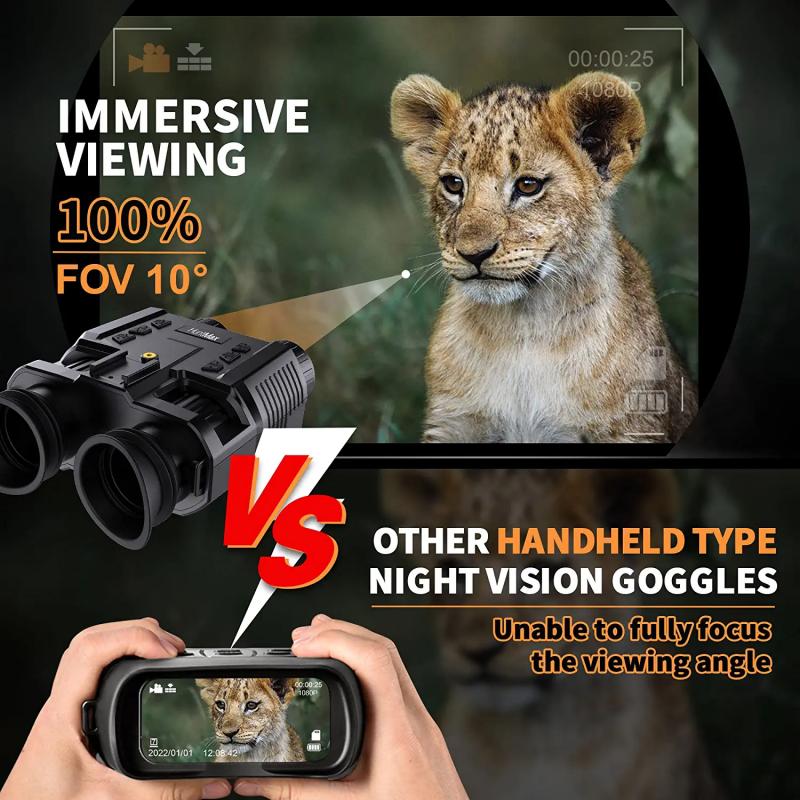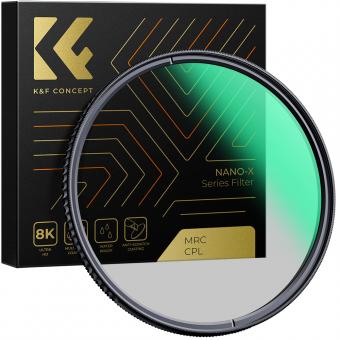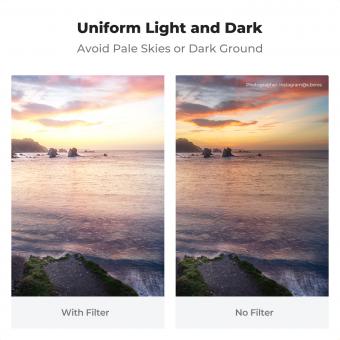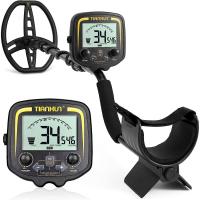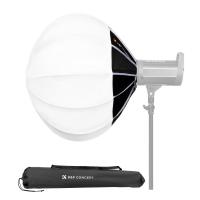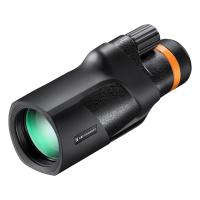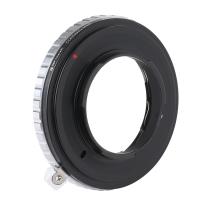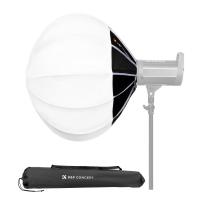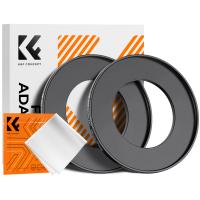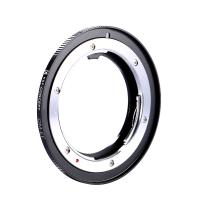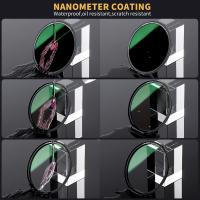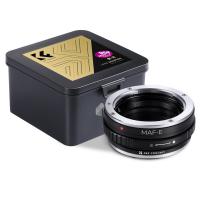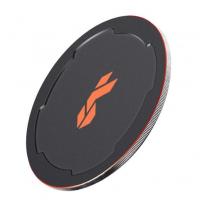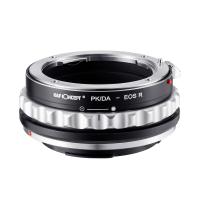Binoculars That Can See In The Dark ?
Binoculars that can see in the dark are commonly known as night vision binoculars. These binoculars are equipped with special technology that allows them to amplify the available light, including infrared light, to provide clear vision in low-light or dark conditions. Night vision binoculars typically use image intensifier tubes or thermal imaging technology to enhance the visibility of objects in the dark. They are commonly used by military personnel, law enforcement agencies, hunters, and outdoor enthusiasts for various purposes such as surveillance, navigation, and wildlife observation in low-light environments. Night vision binoculars come in different generations, with each generation offering improved performance and image quality.
1、 Night vision technology in binoculars: An overview of advancements.
Night vision technology in binoculars has seen significant advancements in recent years, with the latest innovation being binoculars that can see in the dark. These binoculars utilize cutting-edge technology to provide enhanced visibility in low-light conditions, making them invaluable tools for various applications.
One of the key features of these binoculars is the use of infrared illuminators. These illuminators emit infrared light, which is invisible to the human eye but can be detected by the binoculars' sensors. This allows the binoculars to capture clear images even in complete darkness. Additionally, some models also incorporate thermal imaging technology, which detects the heat emitted by objects and creates a visual representation based on the temperature differences.
The advancements in night vision technology have made these binoculars highly versatile and useful in a range of fields. Military and law enforcement agencies can benefit from the improved situational awareness and surveillance capabilities offered by these binoculars. Outdoor enthusiasts, such as hunters and wildlife observers, can now explore and observe nocturnal creatures with greater ease and clarity. Additionally, these binoculars have also found applications in search and rescue operations, where they can aid in locating individuals in low-light or obscured environments.
The latest point of view on night vision technology in binoculars emphasizes the continuous improvement and miniaturization of these devices. Manufacturers are striving to make them more compact, lightweight, and user-friendly, without compromising on performance. Furthermore, advancements in image processing algorithms and sensor technology are expected to further enhance the image quality and range of these binoculars.
In conclusion, binoculars that can see in the dark are a remarkable advancement in night vision technology. With their ability to provide clear visibility in low-light conditions, these binoculars have become indispensable tools in various fields. The continuous advancements in this technology are expected to further improve their performance and expand their applications in the future.
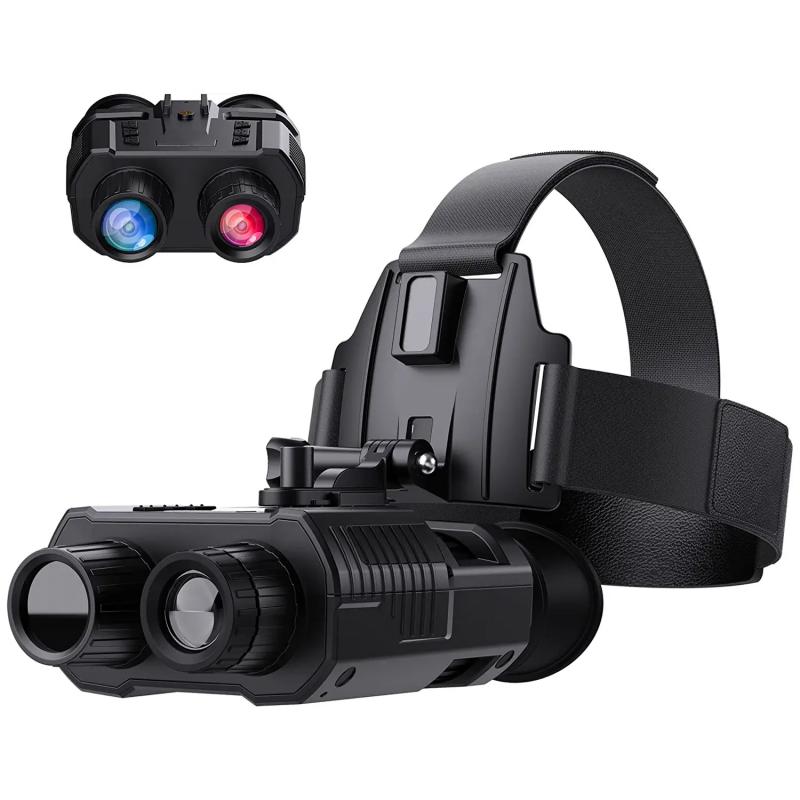
2、 Infrared binoculars: Utilizing thermal imaging for enhanced night vision.
Infrared binoculars: Utilizing thermal imaging for enhanced night vision.
Infrared binoculars, also known as thermal imaging binoculars, are a remarkable technological advancement that allows users to see in the dark. These binoculars utilize thermal imaging technology, which detects the heat emitted by objects and converts it into a visible image. This enables users to see clearly in complete darkness, regardless of any ambient light sources.
The ability to see in the dark has numerous practical applications. Military personnel can use infrared binoculars for surveillance and reconnaissance missions, as they provide a significant advantage in low-light environments. Law enforcement agencies can also benefit from this technology, using it for search and rescue operations, surveillance, and tracking suspects in the dark.
Moreover, infrared binoculars have proven to be invaluable in wildlife observation and conservation efforts. Researchers can study nocturnal animals without disturbing their natural behavior, allowing for a better understanding of their habits and habitats. This technology has also been used in anti-poaching efforts, enabling rangers to detect and apprehend poachers operating under the cover of darkness.
In recent years, there have been significant advancements in infrared binocular technology. Manufacturers have been able to improve image quality, range, and battery life, making these devices more efficient and user-friendly. Additionally, some models now offer features such as image and video recording, wireless connectivity, and augmented reality overlays, further enhancing their versatility and functionality.
As technology continues to evolve, we can expect even more exciting developments in infrared binoculars. Researchers are exploring the use of artificial intelligence algorithms to enhance image processing and object recognition capabilities. This could potentially revolutionize the way we use infrared binoculars, making them even more effective in various fields.
In conclusion, infrared binoculars are a game-changer when it comes to night vision capabilities. With their ability to see in complete darkness, they have proven to be invaluable tools for military, law enforcement, wildlife observation, and conservation efforts. With ongoing advancements in technology, we can anticipate even more impressive features and applications for infrared binoculars in the future.
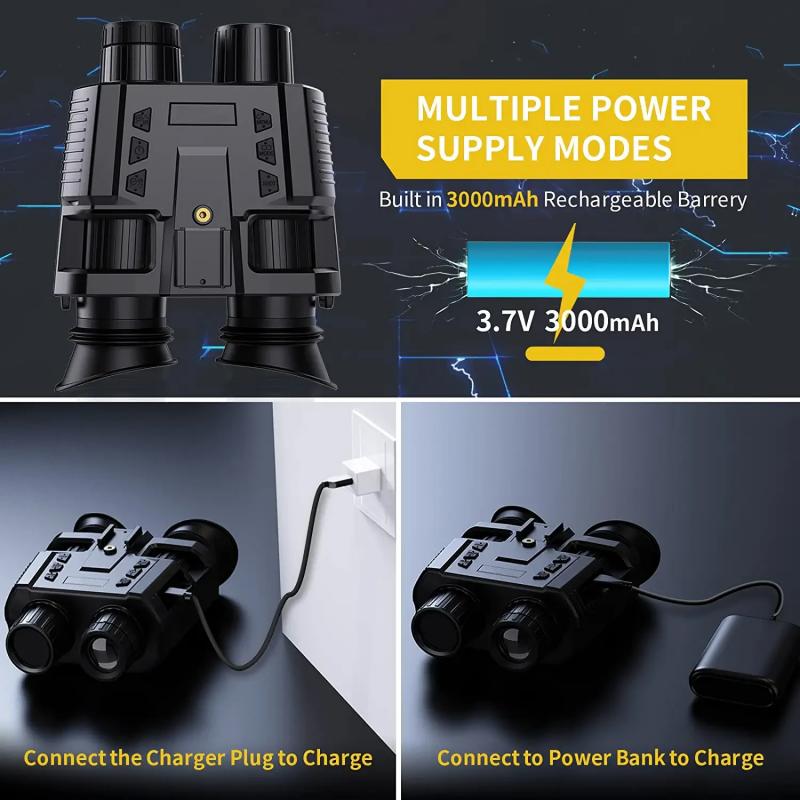
3、 Low-light binoculars: Enhancing visibility in dimly lit environments.
Low-light binoculars: Enhancing visibility in dimly lit environments
Low-light binoculars, also known as night vision binoculars, are a remarkable technological advancement that allows users to see clearly in dark or dimly lit environments. These binoculars utilize advanced optics and image intensifier tubes to amplify the available light, making it possible to see objects that would otherwise be invisible to the naked eye.
One of the key features of low-light binoculars is their ability to see in the dark. By capturing and amplifying even the faintest traces of light, these binoculars provide users with a clear and detailed view of their surroundings, even in pitch-black conditions. This makes them invaluable tools for a wide range of activities, including wildlife observation, surveillance, and search and rescue operations.
The latest advancements in low-light binocular technology have further enhanced their performance and usability. Manufacturers have incorporated cutting-edge image processing algorithms and high-resolution sensors to deliver sharper and more detailed images. Some models even offer additional features such as built-in infrared illuminators, which emit invisible light to further improve visibility in complete darkness.
Moreover, the latest low-light binoculars are designed to be lightweight and compact, making them more portable and convenient to use. They often come with ergonomic designs and comfortable grips, ensuring that users can hold them steady for extended periods without fatigue.
In conclusion, low-light binoculars have revolutionized visibility in dimly lit environments. With their ability to see in the dark, these binoculars provide users with a significant advantage in various scenarios. The latest advancements in technology have further improved their performance, making them an essential tool for outdoor enthusiasts, professionals, and anyone seeking enhanced visibility in low-light conditions.
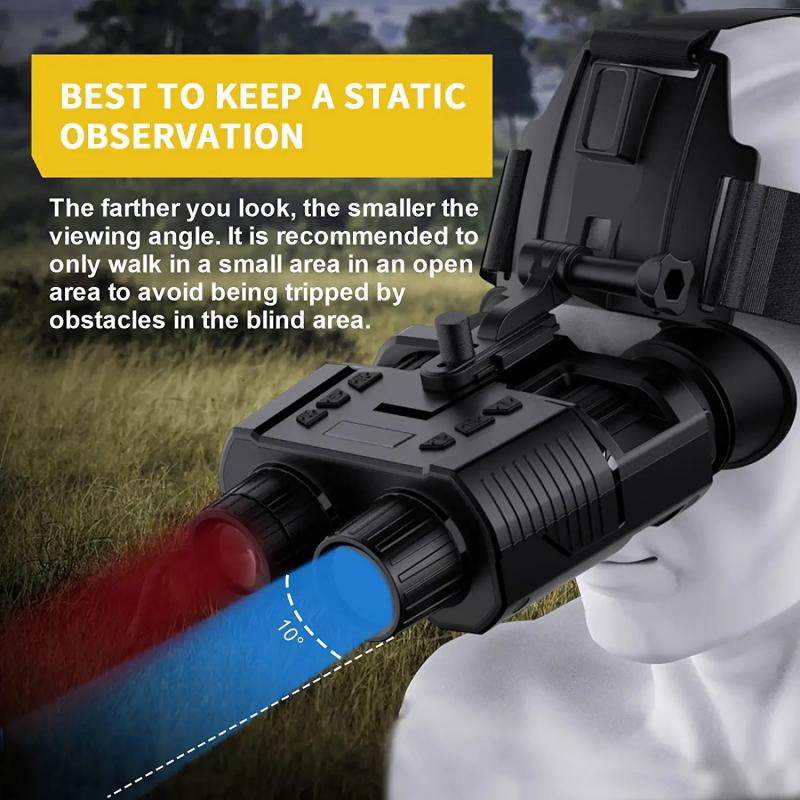
4、 Digital night vision binoculars: Combining optics with digital technology.
Digital night vision binoculars: Combining optics with digital technology.
Binoculars have long been a popular tool for observing distant objects, whether it be for birdwatching, stargazing, or even surveillance. However, traditional binoculars have limitations when it comes to low-light conditions. This is where digital night vision binoculars come into play, revolutionizing the way we see in the dark.
Digital night vision binoculars combine the power of optics with digital technology to provide enhanced visibility in low-light environments. These binoculars utilize a combination of lenses, sensors, and image processing algorithms to capture and amplify available light, making it possible to see clearly even in complete darkness.
One of the key advantages of digital night vision binoculars is their ability to provide a clear and detailed image in low-light conditions. Unlike traditional binoculars, which rely solely on the amount of light entering the lenses, digital night vision binoculars can amplify the available light, allowing for improved visibility. This makes them ideal for activities such as wildlife observation, hunting, and even nighttime navigation.
Furthermore, digital night vision binoculars often come equipped with additional features that enhance their functionality. These may include built-in infrared illuminators, which emit infrared light that is invisible to the human eye but can be detected by the binoculars' sensors. This feature further improves visibility in complete darkness, making it possible to see objects that would otherwise be invisible.
In recent years, advancements in digital technology have led to the development of more compact and lightweight digital night vision binoculars. This makes them more portable and convenient to use, allowing users to easily carry them on outdoor adventures or during surveillance operations.
In conclusion, digital night vision binoculars have revolutionized the way we see in the dark. By combining optics with digital technology, these binoculars provide enhanced visibility in low-light conditions, making them a valuable tool for various activities. With ongoing advancements in technology, we can expect even more sophisticated and powerful digital night vision binoculars in the future.
